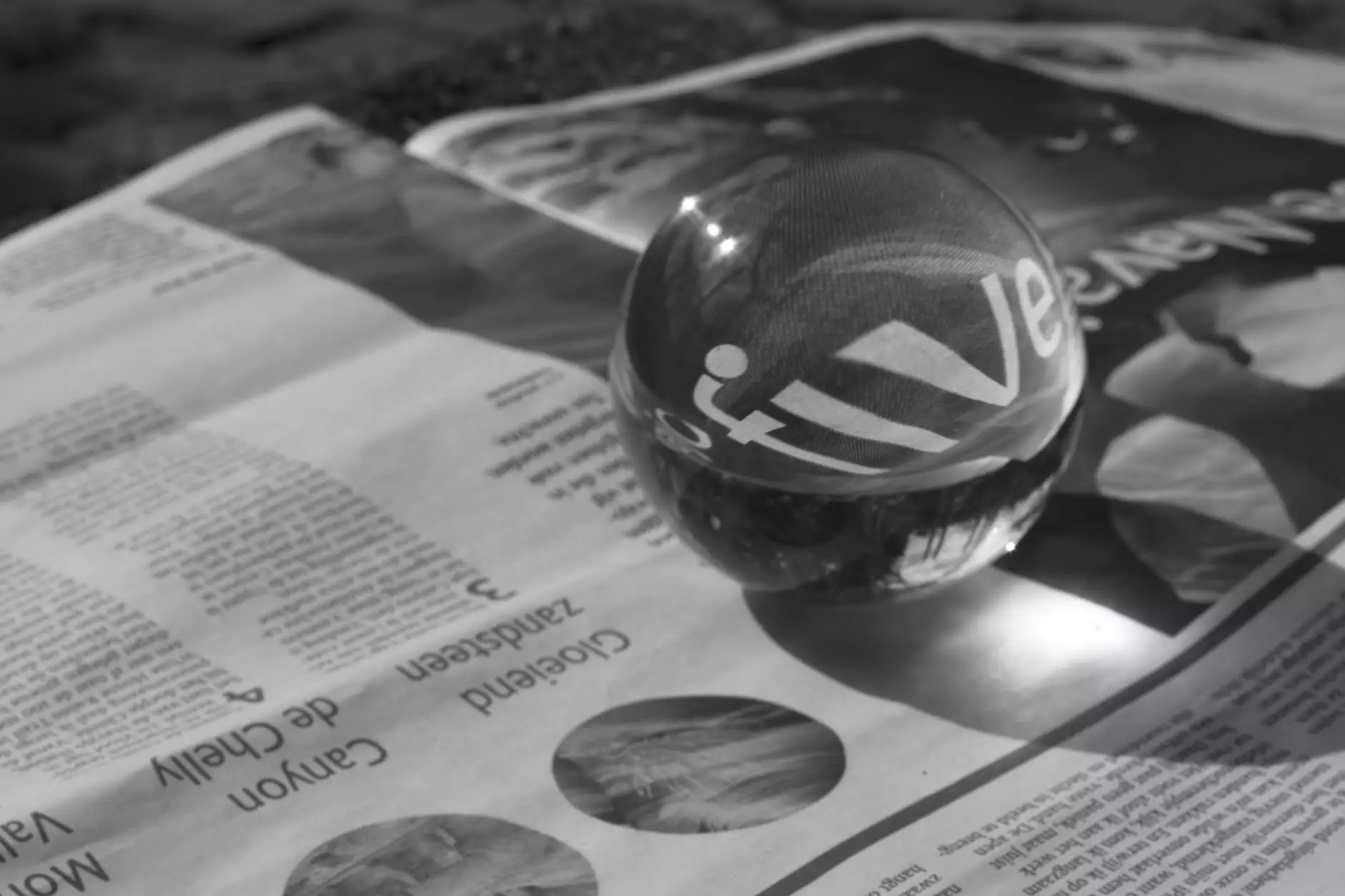Mastering Application Storyboards: Enhance Your Graphic and Web Design Workflow

In the dynamic world of Graphic Design and Web Design, effective communication and visualization are crucial to ensure project success. One of the most powerful tools in a designer's arsenal is the application storyboard. This article delves into the importance of storyboards, detailing their components, advantages, and practical applications in design projects.
What is an Application Storyboard?
An application storyboard is a visual representation that outlines the key elements of an application over time. It serves as a blueprint, illustrating how users interact with the application and the flow of screens and features. Typically, storyboards are used in the initial phases of design to map out the user experience (UX) and functionalities before diving into development.
The Significance of Application Storyboards in Design
Application storyboards play a pivotal role in the design process, serving multiple functions:
- Clarity and Communication: They enhance communication between stakeholders, including designers, developers, and clients, ensuring everyone has a shared understanding of the project vision.
- User-Centric Focus: By illustrating user interactions, they help designers think from the user's perspective, leading to more intuitive designs.
- Identifying Flaws Early: Storyboards allow for early detection of potential usability issues or inconsistencies, saving time and resources during later stages of development.
- Streamlined Development: They provide a clear guide for developers, reducing the risk of misinterpretation of design intentions.
Key Components of an Application Storyboard
Creating an effective application storyboard involves several key components:
- Screens and Elements: Represent all the screens involved in the application including buttons, text fields, images, and other UI components.
- User Actions: Indicate what actions the user can perform, such as tapping a button, swiping, or entering text.
- Transitions: Illustrate how users navigate between different screens, including any animations or transitions to enhance the experience.
- Annotations: Provide comments or notes explaining design choices, user flow, or functionalities that are not immediately clear from the visuals alone.
Benefits of Using Application Storyboards
Employing application storyboards in your design process offers numerous benefits:
1. Improved Collaboration
Storyboards facilitate better collaboration among team members. By providing a clear visual representation, designers, developers, and clients can discuss ideas more efficiently, ensuring everyone is aligned on the project goals.
2. Enhanced User Experience
Focusing on user interactions during the storyboarding phase allows designers to create more user-friendly applications. By understanding how users will navigate the app, designers can identify opportunities to streamline processes or reduce friction points.
3. Cost and Time Efficiency
Identifying potential pitfalls at the storyboard stage can significantly decrease the time and costs associated with revisions during the development phase. Early adjustments are far less expensive than post-launch changes.
4. Clear Documentation
An effective storyboard acts as a reference document throughout the project lifecycle. It provides new team members with an understandable context and keeps the project on track as it evolves.
Steps to Create an Effective Application Storyboard
Creating an application storyboard can be broken down into manageable steps:
Step 1: Define Your Objectives
Before diving into design, clarify the project's goals and the target audience. Knowing the user personas will guide the storyboard's direction.
Step 2: Sketch Initial Ideas
Begin with rough sketches of key screens and flow. This can be done on paper or using digital tools. The aim here is to visualize the user journey without focusing too much on the details.
Step 3: Break Down User Interactions
Map out each user action and response in the storyboard. Illustrate how each interaction leads to the next screen and include any necessary animations.
Step 4: Include Annotations
Provide context for each screen by adding annotations. These can explain features, transitions, or any unique design decisions.
Step 5: Review and Iterate
Share the storyboard with your team and stakeholders for feedback. Use their insights to refine and enhance the storyboard for clarity and usability.
Tools for Creating Application Storyboards
Several tools can assist designers in creating stunning application storyboards. Here are some popular ones:
- Adobe XD: A powerful design tool that allows for creating wireframes, prototypes, and storyboards.
- Sketch: A favorite among UI/UX designers, Sketch provides easy-to-use features for creating visual layouts.
- Figma: A collaborative design tool that enables teams to work together in real-time, making it ideal for storyboarding.
- Lucidchart: An online diagramming tool that helps visualize user flows and interactions effectively.
Case Study: Application Storyboard in Action
To illustrate the impact of application storyboards, let's consider a fictional case study involving a mobile application for a food delivery service.
Defining Objectives
The team aims to create a user-friendly application that caters to busy professionals seeking quick meal options. The target audience is tech-savvy individuals aged 25-40 who value convenience.
Sketching Initial Ideas
The team sketches out the primary screens: home, menu, order details, payment, and order confirmation. They focus on simplicity and easy navigation.
Mapping User Interactions
The storyboard illustrates the user flow from opening the app, selecting a meal, placing an order, and receiving order confirmation. Annotations detail features like saved addresses and payment methods.
Reviewing and Iterating
Feedback from the team highlights the need for a more straightforward payment process, prompting design adjustments in the storyboard before finalizing the prototype.
Final Thoughts: The Future of Application Storyboards
As technology and design paradigms evolve, the role of application storyboards becomes ever more significant. They are not just visual aids; they are blueprints that pave the way for creating innovative and user-centered designs. As we embrace new tools and methodologies, storyboards will continue to enhance the efficiency, clarity, and effectiveness of design projects in the realms of Graphic and Web Design.
Investing the time to create thorough application storyboards will undoubtedly lead to more successful designs, satisfied users, and ultimately, thriving businesses. Embrace storyboarding as an essential practice in your design process, and watch your projects flourish.







